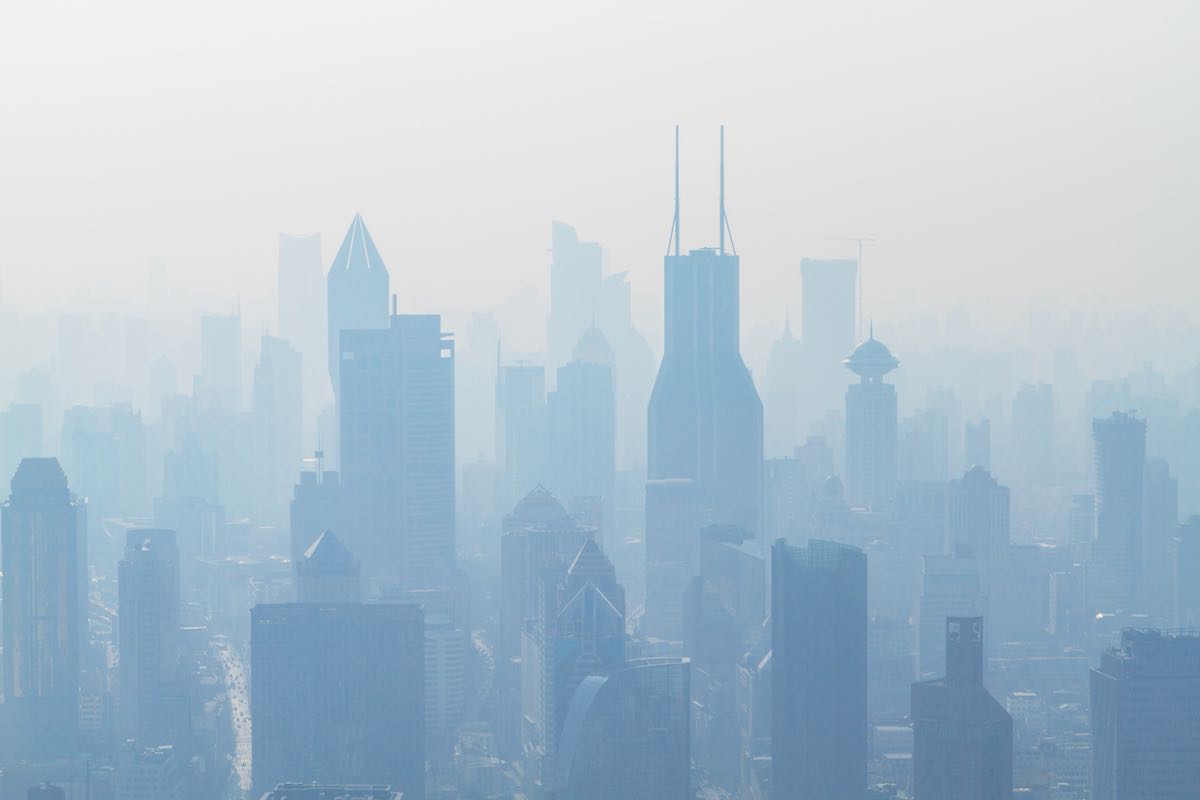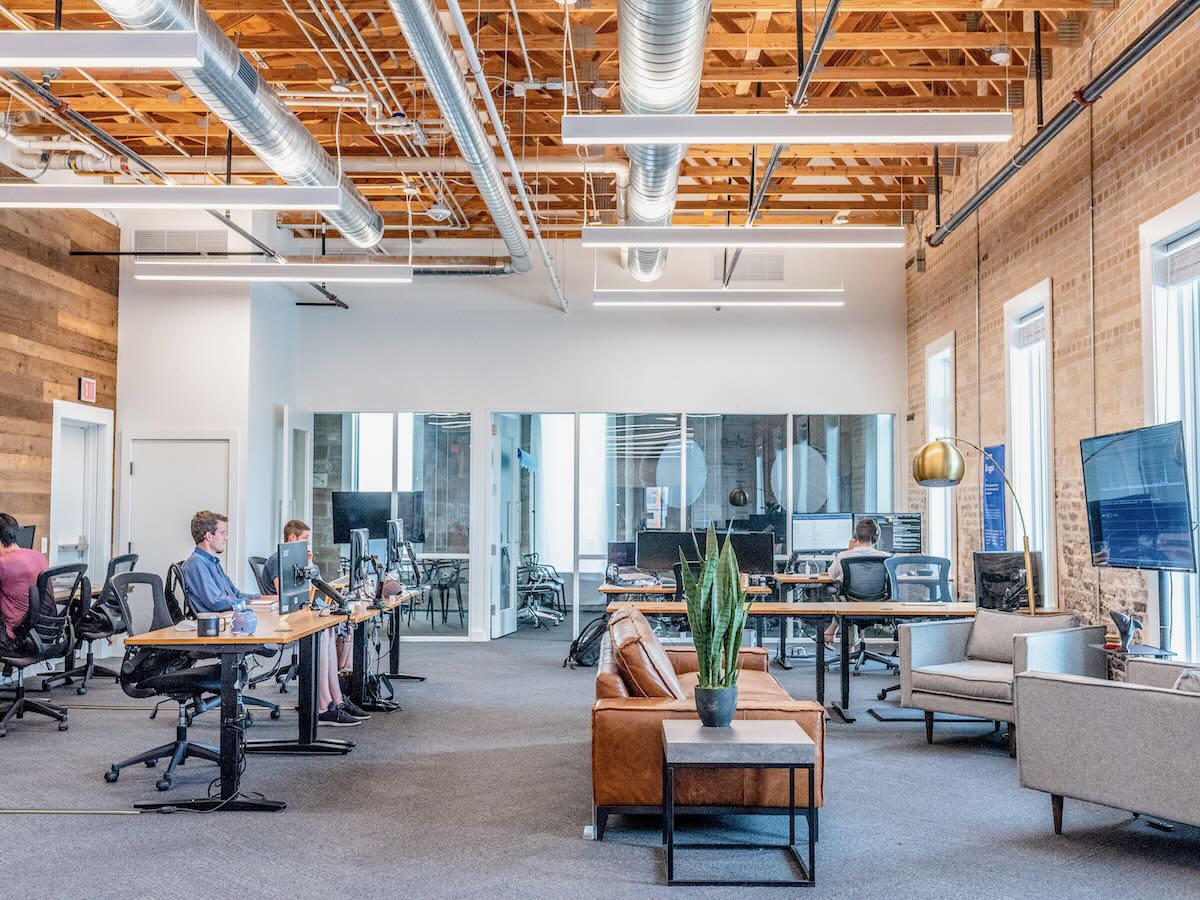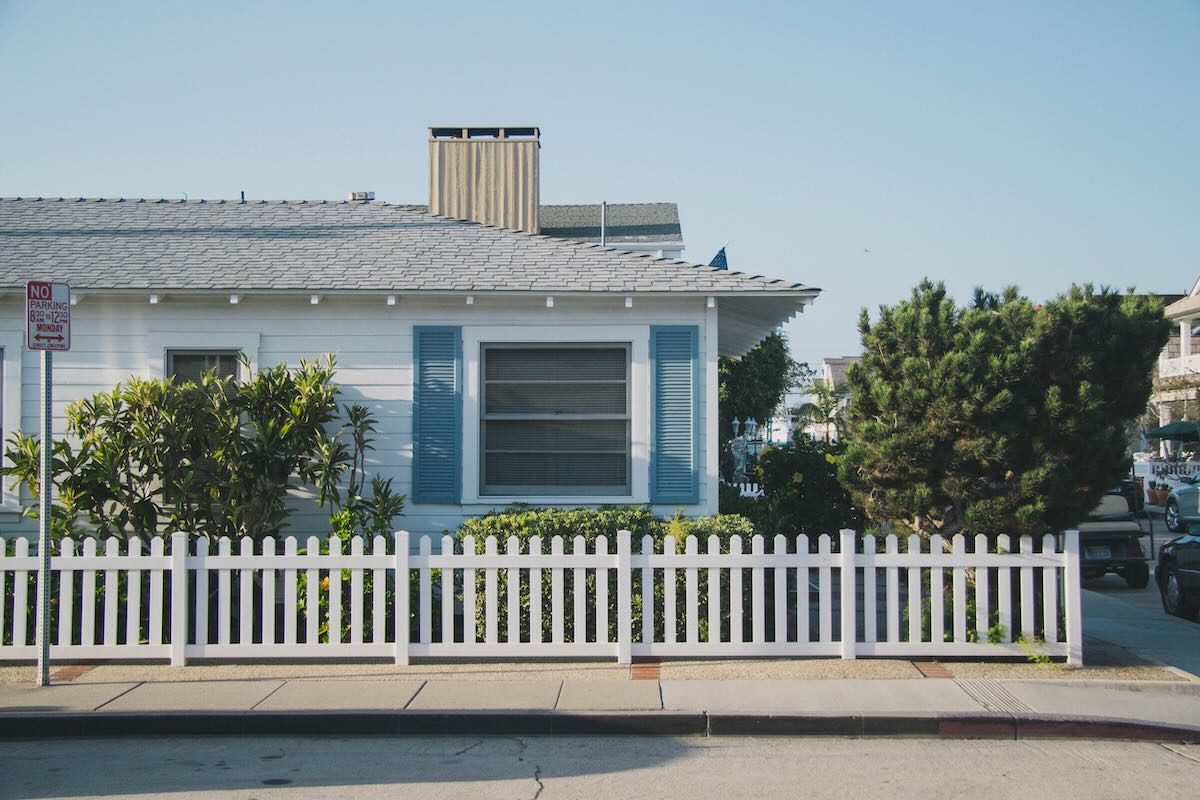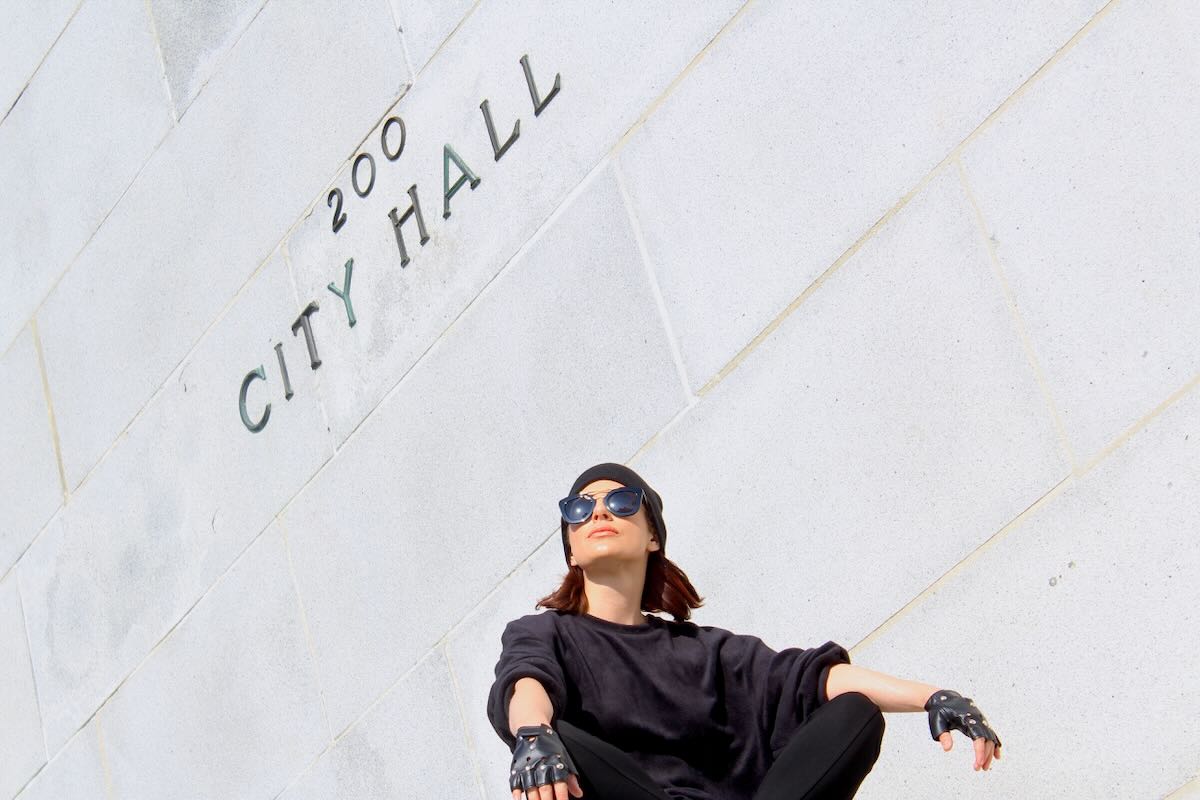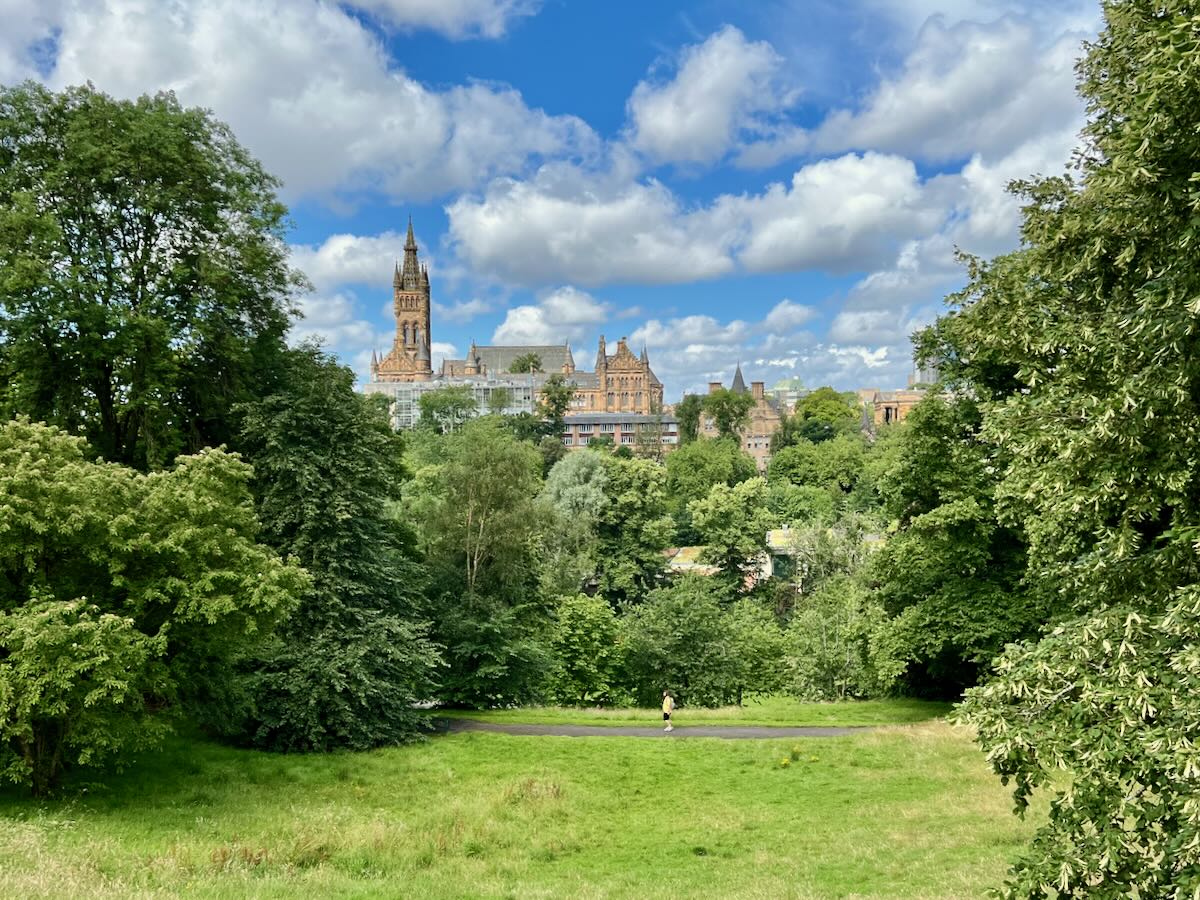Lisbon – A City on the Rise?
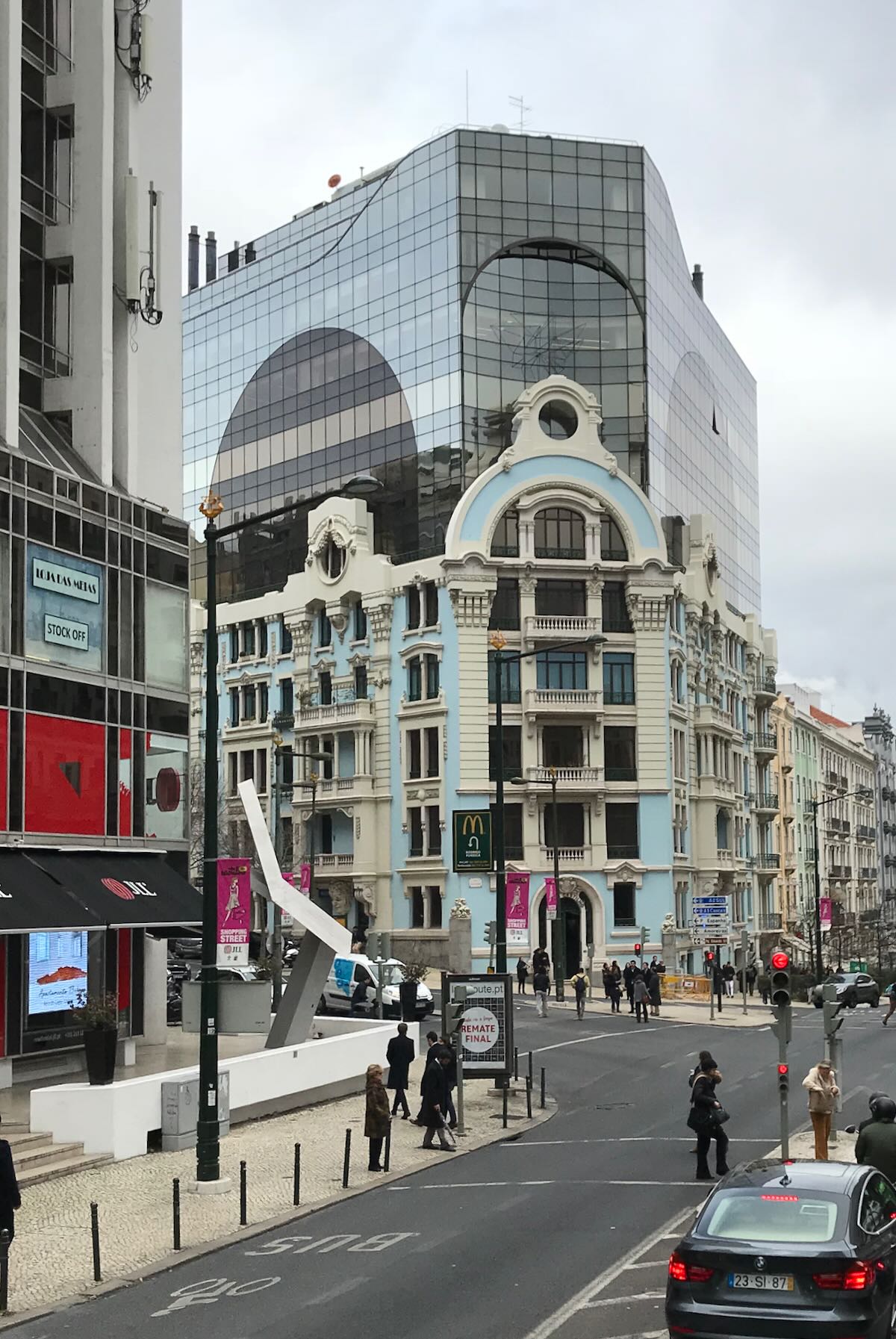
Lisbon’s seven hills and waterfront make it visually spectacular. The second oldest capital in Europe, the city has energy. Busy streets and squares, full restaurants, and vibrant night life – the city pulsates. And, the population seems young. All signs of a city on the rise?
Earthquake
A 1755 earthquake destroyed 85% of the city structures. Sebastião José de Carvalho e Melo, the 1st Marquis of Pombal demolished the remaining 15% of the city. He then rebuilt it according to the best urban design concepts of the 18th century. Despite the Napoleonic ransacking of the city in 1807-08, the Pombaline era buildings have remained relatively intact. And, the Marquis’s open rectangular plan with two great squares in the central district remains.
Pombal’s Squares
Praço do Comércio sits on the banks of the Tagus River. It replaced the former Terreiro do Paço destroyed in the 1755 earthquake. This area once housed Portugals’s flourishing spice trade made possible by Vasco da Gama. In 1498, da Gama discovered the sea route to India via the Cape of Good Hope and became the first European to reach it by sea. Vast arcaded buildings complete the boundaries of the square. Once home to trade and commerce, now to restaurants, tourist offices. and the Pousada de Lisboa – a lovely “monument” hotel.
Lisbonites have gathered at Praço do Rossio ever since the 13th century. Cafés and restaurants surround this square, many dating back to the 18th century. The Rossio train station provides access to many urban / suburban train lines and a connection to historic Sintra.
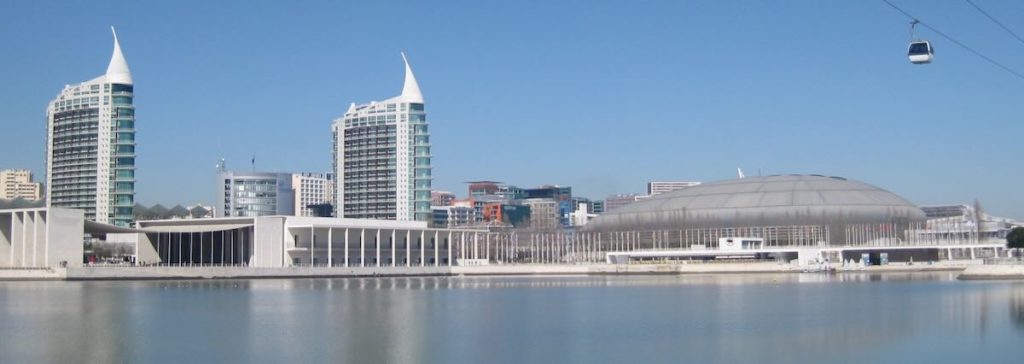
Modern Lisbon
Central Lisbon may be grounded in its past but celebrates its modernity through the interior design of its buildings. Peer into a restaurant in a 250-year old building. The outside may be marred with graffiti. But inside, you may find a glistening, modern restaurant with white tablecloths, shiny silverware, and glistening glassware. Or go along the high streets and see Pombaline and Manueline buildings repurposed for modern retail. And then there is very modern Lisbon. Glowing examples of modern architecture can be found at Parque das Nações, the site of Lisbon’s 1998 world fair.
Ceramics, Cobbles, Beaches
No article about Lisbon can be complete without mention of:
Ceramics: Many building exteriors feature ceramic tiles – frequently covering the entire building, sometimes as a feature.
Cobbles: Almost all sidewalks are made up of individually cut black and white stone.There must be millions of cobbles set out in intricate patterns. I have watched the craftsmen doing this work. Tough work – all day on their knees cutting and piecing together enchanting patterns.
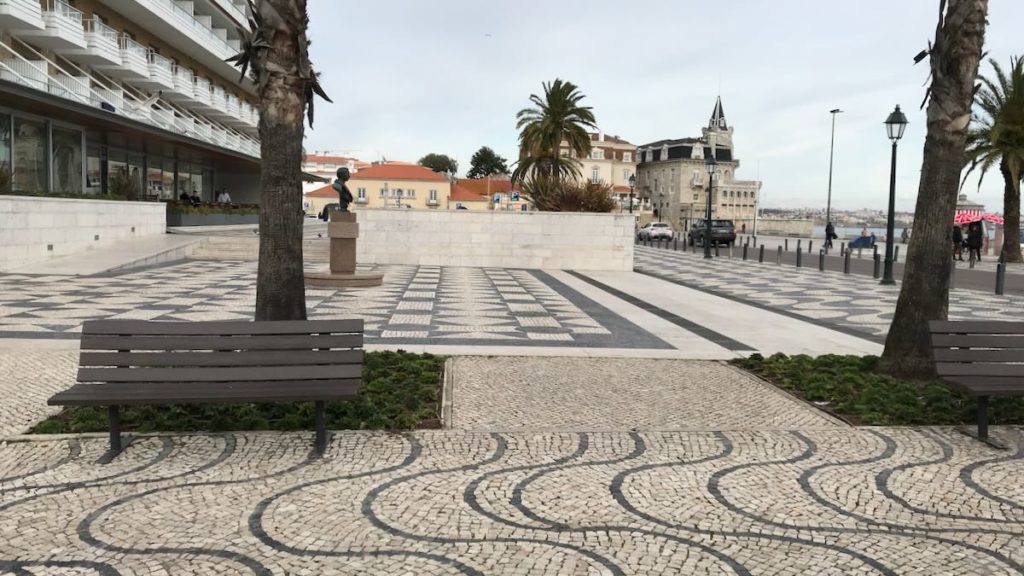
Beaches: Take cheap public transport to Caiscais and enjoy the beach. This article on the Travel Triangle website features ten easily accessible seaside idyls. Adventurous! Drive 120 kilometres north to Nazaré and surf the biggest waves in the world. Maybe you too can catch that 100 foot monster.
City on the Rise?
Lisbon does have its issues. In many areas the graffiti is out of control making many nice neighbourhoods look like an urban nightmare. The old city sewer system probably dates back to 1755 with all of the accompanying smells. And like many other southern-European cities, it struggles to absorb migrants fleeing brutal African regimes. And, older houses can be very cold in the winter. People go outside top warm up – and wear lots of layers inside.
However, Lisbon has a great climate – the coldest month is January with daytime highs of about 14c. Summer highs hover around 28c but proximity to the ocean generates cooling breezes. Great architecture, spirited city life, nearby beaches, good public transit, a seemingly youthful population. I think that Lisbon is a city on the rise!
